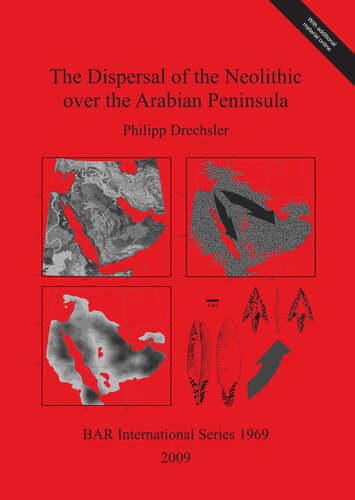

Most ebook files are in PDF format, so you can easily read them using various software such as Foxit Reader or directly on the Google Chrome browser.
Some ebook files are released by publishers in other formats such as .awz, .mobi, .epub, .fb2, etc. You may need to install specific software to read these formats on mobile/PC, such as Calibre.
Please read the tutorial at this link: https://ebookbell.com/faq
We offer FREE conversion to the popular formats you request; however, this may take some time. Therefore, right after payment, please email us, and we will try to provide the service as quickly as possible.
For some exceptional file formats or broken links (if any), please refrain from opening any disputes. Instead, email us first, and we will try to assist within a maximum of 6 hours.
EbookBell Team

5.0
58 reviewsThe general research question followed during the course of this study can be summarized as: Does the Neolithic in Arabia originate in the Levant? To approach this question, several facets of this topic have been investigated. The first aspect considered is the most fundamental one with respect to the general research question: What is the archaeological material evidence for the Neolithic dispersal over Arabia, and where did it originate? If one accepts the Levantine origin for the Arabian Neolithic, the next question which has to be answered is: How did it happen? Here, two opposing, general, explanatory concepts are provided in the archaeological, social and geographic sciences. The third focus of this study investigates the Neolithic dispersal over Arabia as a spatial process: What are the most advantageous routes the Levantine Neolithic herders could have taken during the dispersal? The structure of this book follows the research agenda as outlined: Chapter 1 describes the history of research in Arabia. Chapter 2 discusses the conceptual model which was developed to consider the Neolithic dispersal from the Levant as a spatial process. Chapter 3 provides details about the dispersal simulations performed with respect to the environmental situation on the Arabian Peninsula. Chapter 4 traces the dispersal routes suggested by the simulations by archaeological evidence. The concluding chapter 5 summarizes and compares the separate results of the study.